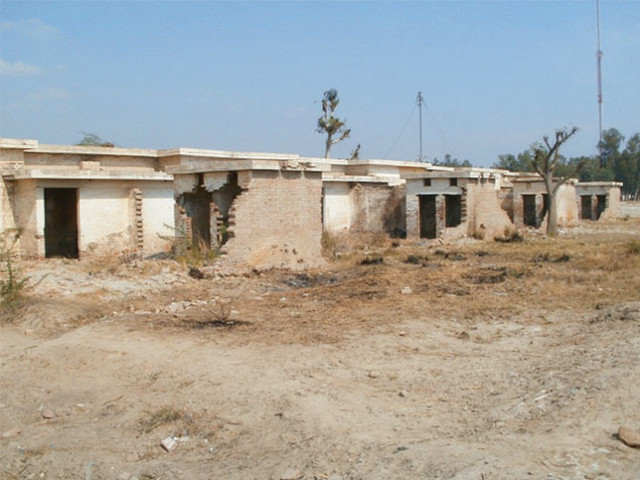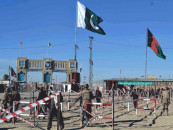Empty railway quarters now den of criminals
Long abandoned, some 1,000 units have turned into haunted places.

During the heyday of rail travel, Samasata Junction was one of the busiest train stations. Built in 1878 during the Raj era, the station was in fact so hectic a port of call for incoming and outgoing trains that the Railways had to employ a fairly large number of workers.
The sheer size of traffic demanded arrangements for trains’ service and maintenance there. This required a boarding and lodging facility for the employees hired for the job. The Railways department, therefore, constructed 1,350 servant quarters.
Since hitting hard times, the number of trains traversing Samasata decreased significantly, and so did the number of employees. This rendered a large number of servant quarters redundant.
Now a huge block of servant quarters – 1,050 to be precise – are lying vacant and have been left unattended, without ward and watch. Predictably, these quarters are now serving as dens for criminals and drug addicts.
A recent discovery of two women’s bodies from these blocks, who had been raped and murdered, cast a lurid light on the abandoned, almost ghostly quarters.
A Railway union leader of district Bahawalpur, Rana Sharief, recalled the good old days. “Many trains used to pass through this junction while running on different routes, including Bahawalnagar, Mandi Sadiq Gung, and Amroka,” he told The Express Tribune. This is no more the case.
In 1986, sixteen trains operated to different cities including Pakpatan, Khanewal and Sialkot but now only four are left. Since the number of employees has fallen drastically, only 300 of the units in the servant quarters are inhabited.
Sharief said the railway administration is least bothered about the safety of its employees living there or about the security of the empty units. As a result the quarters have become ‘the largest junction of criminals and druggies’.
He said that five per cent of the salary of railway employees is deducted in the name of maintenance, but neither maintenance work is done nor security provided.
He said the British-era water tanks, made of iron sheets, supply water to the residential quarters. A lot of rust comes to the residential units along with the water. The tanks have not been cleaned for ages and snake-like creatures sometimes flow through the water pipes into houses.
There is one hospital at Samasata railway station to cover railway staff from Khanpur to Amroka stations. It provides health services to 1,800 people, including workers and their families. The only doctor appointed to serve them often remains absent and his assistant dispenses medicines instead. Patients are told that there is no budget for medicine available to the hospital.
Published in The Express Tribune, March 11th, 2011.



















COMMENTS
Comments are moderated and generally will be posted if they are on-topic and not abusive.
For more information, please see our Comments FAQ